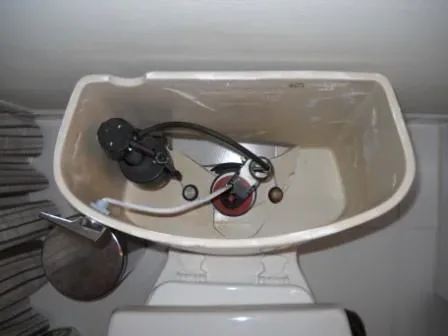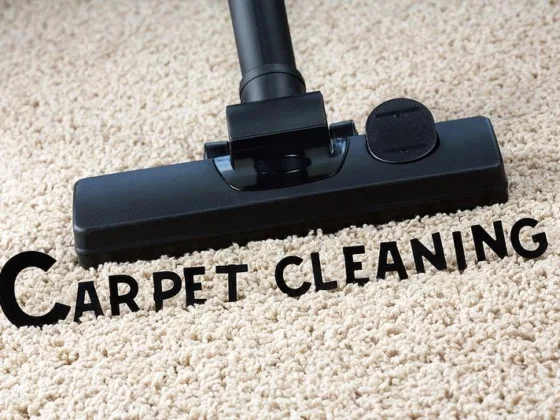Learn how a toilet works and how to diagnose and repair some common problems that make a toilet run. Both internal and external leaks are also discussed.

How exactly does a toilet work? The toilet is an ancient concept, and even with a modern toilet the components within are governed by simple physics and are not difficult to diagnose or repair.
Read Also:
How Does a Toilet Work?
The essence of a toilet is the combination of a reservoir, flush valve, and drain. How then, does a toilet actually work? In short, water is held in the reservoir (or tank), a lever operates a flush-valve, and the water, by virtue of gravity and an air-siphon system, flows from the reservoir into the bowl, and onwards into the drain.
At the end of a flush, an airlock is created by the design of the toilet bowl, which stops additional water from continuing to run into the drain. A refill tube dispenses water back into the tank and shuts off when the correct level is reached.
While at first glance the insides of a modern toilet tank may seem a bit intimidating, the mechanism is fairly simple, and common problems can be easily addressed without extensive plumbing experience.
There is only one overarching reason for why a toilet runs: water is leaking from the reservoir or toilet tank. The leak needs to be identified, which can be a bit difficult, but there are only really two kinds of leaks: an internal leak and an external leak.
It is one of the most commonly occurring toilet problems at residential as well as an office or public toilets.
The Flapper
Two incredibly simple reasons for this leak involve the chain, which connects the flapper to a lever, which is controlled by the handle.
First, the chain could be too long and actually prevent the flap from closing because it gets caught between the flap and the seat. The other reason is that the chain is too short, and will not allow the flapper to close.
To diagnose these two problems, lift the cover from the tank, and inspect the flapper and chain. If it feels too tight, loosen it. If you can see that the chain is between the flapper valve and the seat valve, adjust it accordingly.
Another possibility is that the flapper valve or the seat has deteriorated, and no longer seals properly. Shut off the water, drain the tank, and replace the flapper. If the problem is in the seat valve, however, you must drain the tank and remove it in order to replace this component.
The Float
The toilet can also run because the float is malfunctioning. The float is what shuts the water supply, and if this component never reaches the shut-off point, then the water supply is never turned off.
This will cause the water to run into the tank and out of the overflow tube continuously. Lift the cover from the tank, and see if lifting the float manually shuts off the water.
This problem is an obvious one, as the toilet will not stop running at all if the float malfunctions.
It may also be that the float needs to be adjusted to the right level. Try adjusting it before replacing anything.
If an adjustment will not work, then replace the float. If it is a float/refill tube assembly, then you will need to replace both, and this involves shutting off the water and draining the tank.
External Leaks
The final possibility discussed here is a leak that dispenses water outside of the toilet. This situation is identified by the presence of water on the exterior of the toilet, or on the floor.
Try to identify the source of the leak by the location of the water. There are a number of gaskets that may deteriorate over time, and begin to leak.
Note that if the seal (wax ring or rubber gasket) between the bowl and the drain is leaking, it will not cause the toilet to run. If the toilet never runs on its own, but there is water near the base, then this problem is likely present.
While this article is not an exhaustive list of all of the problems that might cause a toilet to run or otherwise leak, it is meant to be a general troubleshooting guide for common problems, with a brief exposition of how toilets work.
If the toilet needs to be replaced, consider a dual-flush toilet to conserve water. For the best toilet reviews, see toiletrated.com.
References
- How Does a Toilet Work – http://www.acmehowto.com/plumbing/toilet/overview.php
- This article was written by a professional who has worked in remodeling and the construction field for over seven years.










